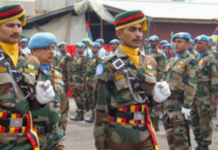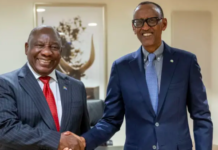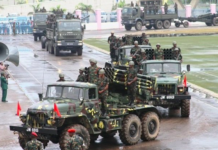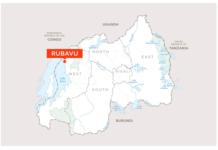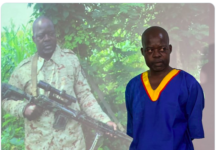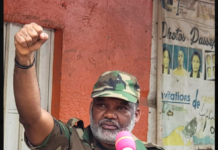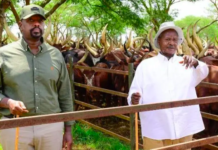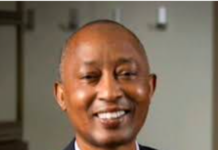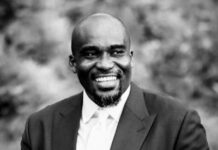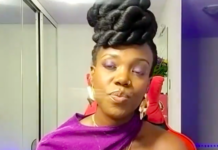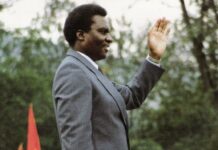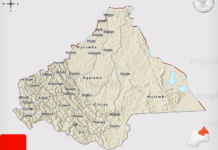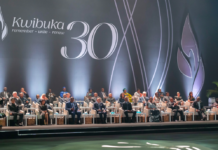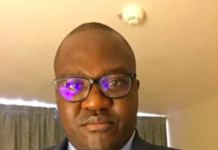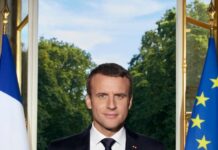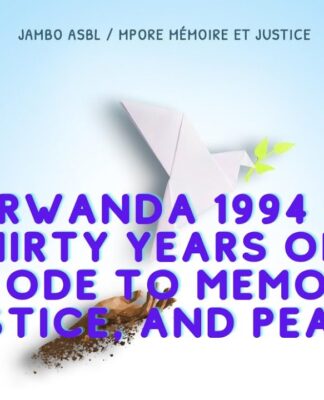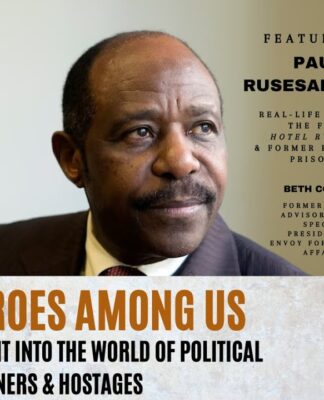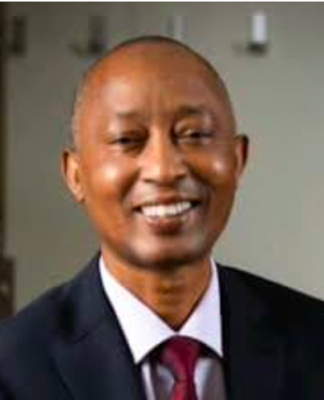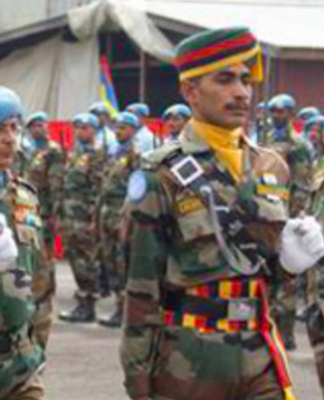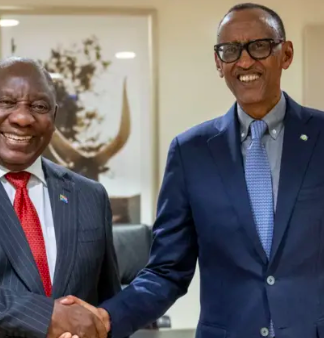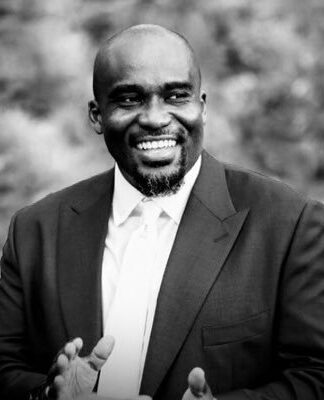By Didas Gasana
Partly because of the technological innovations that have given citizens world over a medium to express themselves and partly because the western governments have gradually come to realize who really President Paul Kagame is; a lot has been raging on about Rwanda’s 2017 Presidential elections.
Preceding the elections was an amendment to article 101 of Rwanda’s constitution to enable President Kagame to stand again. This, despite the fact that he had himself, on more than one occasion, said he wouldn’t. When he later “succumbed” to the will of the people, heads started rolling (or rather boiling) about how Rwanda is veering off from a democratic path to a highway of death (read full-fledged autocracy cum monarchy under Kagame).
Such, at least, was an opinion of an European Union official I happened to chat with yesterday. Such is an openly un-shared opinion across western capitals. Contrary to this widely shared view, 2017 isn’t Rwanda’s defining moment in her democratic journey. Or put differently, Rwanda embarked on a highway of death in 2000 rather than 2017. Why?
Rwanda’s post 1994 pact was designed within the spirit and letter of the 1993 Arusha peace accords. Rwanda’s post 1994 body politic was designed to meet the then challenges, with an aim to gravitate towards more opening up political space and the accompanying components of the democracy menu. Initially, Patrick Mazimpaka was suggested by the RPF politburo to be Rwanda’s first post 1994 president after Kagame (for reasons I agree with) declined being a President. Thereafter, Kagame singlehandedly picked Pasteur Bizimungu for the post- to the amusement (and opposition) from the RPF politburo.
Bizimungu took up the job- but well aware that the center of gravity really “slept” somewhere else. Inspite of this, and probably because of this, Bizimungu embarked on a career of ascertaining institutional power. Those who know him better than I (I only met and talked with him twice) agree that his was a vision of a more democratic, inclusive, reconciled, human rights respecting Rwanda.
The May 1998- March 1999 Urugwiro brainstorming sessions and Why Kayumba Nyamwasa deserves a hero’s medal
On 9th May 1998, President Bizimungu opened a series of reflection meetings in his office on a wide range of national issues, that ended in March the next year. These meetings were attended by, among others, representatives of the authorized political parties in Rwanda; the National Assembly Bureau; The Supreme Court Bureau; Cabinet members; Chairmen of the National Assembly Commissions; Provincial governors; Army and Gendarmerie Representatives; Advisers from the Offices of the President and the Vice-President of the Republic; Advisers from the Office of the Prime Minister; Special Guests; representatives of the Judicial Services, Lawyers, Prosecutors. representatives of the Civil and Military Intelligence, as well as representatives of the banks operating in Rwanda.
These meetings were, among others, attended by Bizimungu, Vice President Paul Kagame, Speaker Sebarenzi Kabuye, Premier Rwigema Celestin, Chief Justice Jean Mutsinzi, Defense Minister Sam Kaka, Chief of Staff Kayumba Nyamwasa, Gendermerie chief Gatsinzi Marcel, cabinet members, Secretary General in the ministry of justice Gerald Gahima, foreign affairs minister Gasana Anastase, Liberal party MP Gatete Polycarpe, Minister of state for defense Emmanuel Habyarimana, Counsellor in the president’s office Assiel Kabera, Liberal party vice chairman Enock Kabera, MP Valens Kajeguhakwa, Minister Charles, MP Safari Stanley, internal affairs minister Sebatware Panda Beatrice.
At issue was brainstorming on four national issues deemed of importance: Unity of Rwandans;- Democracy; Justice; Economy and Security. Clear from Bizimungu’s opening remarks and his contributions in these discussions was his vision of Rwanda- a democratic nations guided by the principles of rule of law and accountability. To some of us used to political machinations; his would sound simple political rhetoric. Until when I had a chance to talk to him (twice) in private did I start to hope against hope that he means what he says.
The conclusions and recommendations were the perfect blueprint any post-conflict country would dream of having- no question about that. However, one man sensed a threat against his political pursuit and embarked on destroying everything these meetings came up with; except, and except; Gacaca concept. That man is Rwanda’s current President Paul Kagame.
To cut a long story short, what was threatening was the zeal and tenacity with which participants vowed to transform the blue print into a reality. Specific of these was Pasteur Bizimungu. The details of the blue print are basically what appears on paper in Rwanda’s socio-economic and political roadmap (vision 2010, EDPRS etc). The threat were the personalities behind these recommendations which stood in Kagame’s highway to absolute, unaccountable power.
In Kayumba Nyamwasa’s presentation, one thing captured my attention- that he was worried of the fact that some politicians had (by then) fled the country- something that captures ‘negatives’ in Rwanda’s security scale. Here was a first high-ranking government official to say, look, this is not right. This may create real or presumed problems.
First forward, Paul Kagame- the man behind the wheel- resorted to what he had done before, and with accurate precision- elimination. The meetings ended in March 1999 and on 23 March 2000- one year later- Bizimungu tendered in his resignation as a President. Why? Disagreements with the RPF on governance issues especially having in mind what came of the Urugwiro sessions.
Of all the people I know, it is Nyamwasa and Mazimpaka that stood by Bizimungu in the trials and tribulations he faced from the RPF attack dogs- the likes of Rose Kabuye and Conny Bwiza- since the end of Urugwiro meetings to his resignation. Now, Nyamwasa can be accused by many of many things- very many- some of which may be right or wrong- but giving a credit where it is due is a hallmark of civility. Thus, a hero’s medal to Kayumba would be well deserved. Like many people in the RPF since 1987, Kayumba, I presume, thought Kagame’s criminal tendencies would be kept in check once the ultimate aim- return of refugees- was secured. As a matter of fact, Kagame’s insatiable thirst for unaccountable political and military power was evident ever since he returned to the front from Fort Leavenworth.
Unfortunately, Kagame, to his credit, managed to outmaneuver all his bush colleagues and establish himself as an indispensable politico-military figure. Since 2000, when Bizimungu resigned and Kagame assumed power, Rwanda has been on freewheel. Kagame, then, embarked on his journey to Canaan. Since 2000, a simple peruse of the list of the participants in Urugwiro sessions leaves one with an astounding remark: Many of them fled Rwanda. This is not in dispute. Unfortunately, most of those who fled Rwanda were unsuspectingly part of the machinery that entrenched what brought us to 2017.
2003, 2010 and 2017
Consequently, what happened to Twagiramungu Faustin and Niyitegeka in 2003 came not as a surprise to some of us. What happened to Victoire Ingabire and Bernard Ntaganda was not an accident. It was maintaining the status-quo secured by blood and iron in 2000. The only difference that 2010 clarified in post 1990 Rwandan trajectory is that the myth of the RPF as a guarantor of Tutsi security in the face of an “existential threat” was demystified by the cracks in the mirror epitomized by the fleeing of Kayumba Nyamwasa.
Fast forward, for the sake of historians and political scientists, what happened in 2017 and its aftermath is nothing but a continuation of a project that was conceived far back before 1987; materialized in different phases (1990, 1994) and was born in 2000. Thus, 2017 is not Rwanda’s contemporary defining moment but 2000 was. One can only disagree if one thinks a constitution means something to a warlord. Consequently, what is happening to the Rwigara family, the incarcerations of Ingabire Victoire and Army officers (Rusagara, Rugigana, Byabagamba and many more), the ‘nationalisation’ of Rujugiro’s private property, etc, is just a continuum, not the beginning. If you just realized this; then you have not been watching or was a part of the repressive machine. Period.


